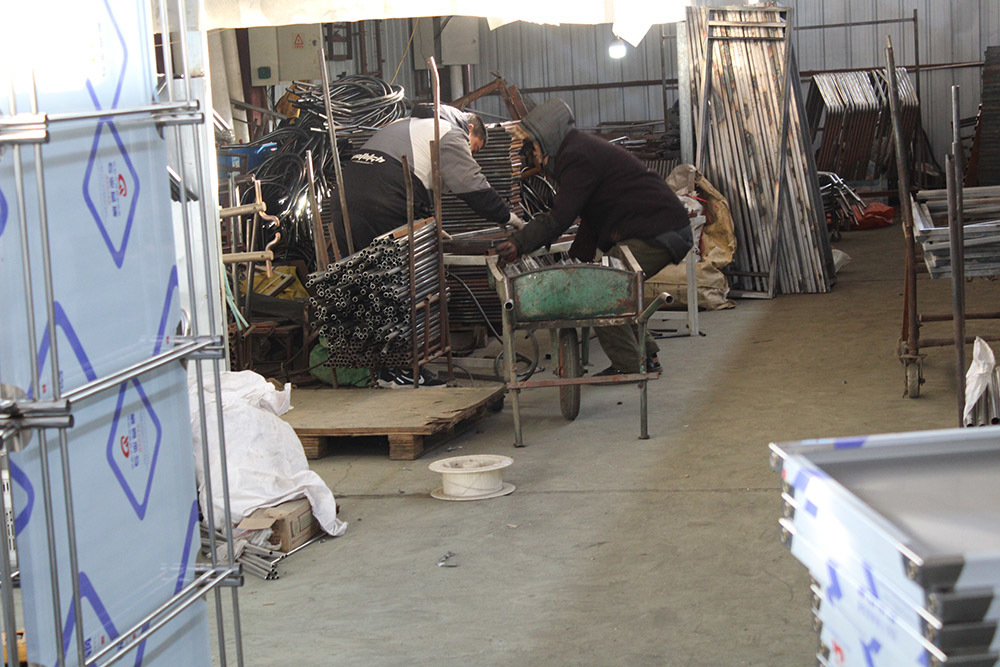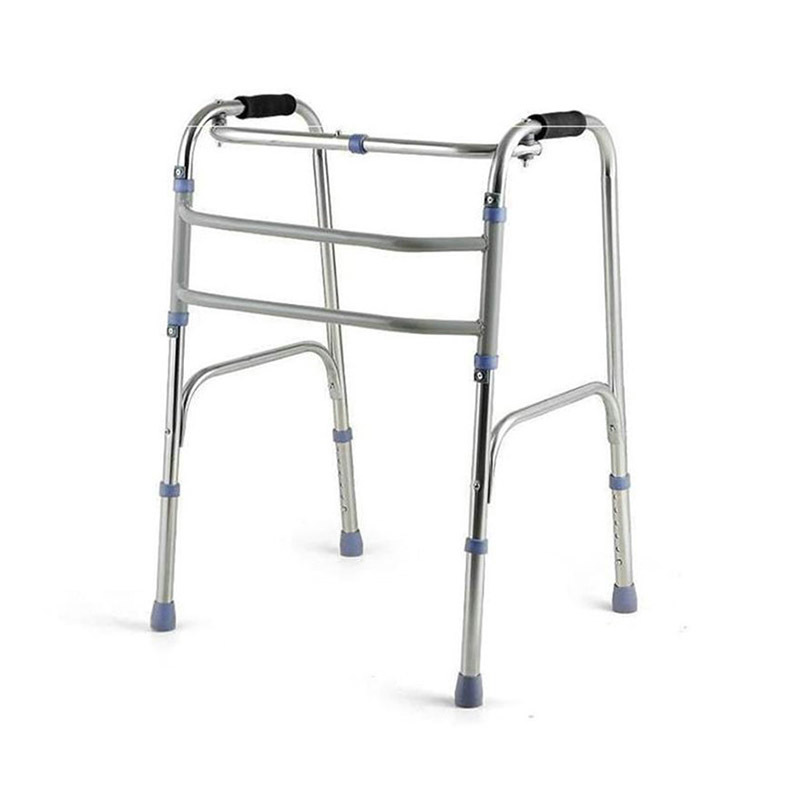
A cane, also known as a walking stick or cane, is a tool that helps people maintain balance and support their body while walking. It not only provides support and balance for the elderly, but also helps improve gait and reduce energy consumption. Specific functions include:
Support and Balance: The cane can provide vertical support, which helps reduce the weight on the affected lower limb and also facilitates the extension of the back muscles. In terms of maintaining body balance, crutches also play an important role, especially when supporting one leg.
Advancing walking: crutches can use the strength of the upper limbs to help people with walking difficulties move forward and assist them in moving forward after landing on the affected limb.
Improving gait: Walking with crutches can improve gait, making walking more stable and comfortable.
Types and characteristics
According to different designs, materials, and functions, canes can be divided into various types, each with its unique characteristics and applicable scenarios:
Cane: The lightest type of cane, suitable for people in mild need of assistance, such as the elderly and climbers.
Elbow cane: Provides support through the elbow and is suitable for people who require moderate support. The elbow cane can effectively distribute pressure, reduce the burden on the wrist and shoulders, and is suitable for patients who use crutches for a long time.
Axillary crutch: The most stable type of crutch that provides good stability and support through axillary support, suitable for lower limb fractures, severe injuries, and severe disabilities.
Four legged crutch: With four supporting feet, it provides greater stability and balance, making it suitable for people who require higher balance support.
Walkers: Similar to small cars, suitable for patients who require more support and stability, such as those after fracture surgery or those with severe cardiovascular and cerebrovascular diseases. Walkers are further subdivided into frame type two wheel walkers, three wheel walkers, frame type four-wheel walkers, etc.
Usage and precautions
usage method:
Choose an appropriate cane with a rubber pad attached to the bottom.
Before walking, check whether the screws and rubber pads of the cane are stable.
When using, different methods should be adopted according to the form and degree of damage, such as two-point method, three-point method, four point method, etc.
matters needing attention:
Ensure a spacious and bright environment, dry floors, unobstructed walkways, and no obstacles.
Wear pants of appropriate length and non slip shoes that fit snugly, and do not wear slippers.
Stand firm before walking and avoid taking too big steps. When standing, place the bottom of the cane a certain distance in front of the toe and then a certain distance outward (such as 15 centimeters).
When walking, use arm strength to support the body, and keep the top of the cane at a certain distance from the armpit (such as the second horizontal finger) to avoid compression of the brachial plexus.
Our factory
 |
 |
 |
 |
Qualification honor
Key Words

Cane
Classification
Get Quote
Note: Please leave your contact information and our professionals will contact you as soon as possible!













